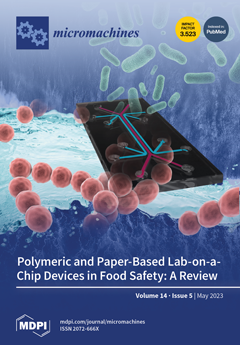The single-event effect reliability issue is one of the most critical concerns in the context of space applications for SiC VDMOS. In this paper, the SEE characteristics and mechanisms of the proposed deep trench gate superjunction (DTSJ), conventional trench gate superjunction (CTSJ), conventional trench gate (CT), and conventional planar gate (CT) SiC VDMOS are comprehensively analyzed and simulated. Extensive simulations demonstrate the maximum SET current peaks of DTSJ−, CTSJ−, CT−, and CP SiC VDMOS, which are 188 mA, 218 mA, 242 mA, and 255 mA, with a bias voltage
VDS of 300 V and LET = 120 MeV·cm
2/mg, respectively. The total charges of DTSJ−, CTSJ−, CT−, and CP SiC VDMOS collected at the drain are 320 pC, 1100 pC, 885 pC, and 567 pC, respectively. A definition and calculation of the charge enhancement factor (CEF) are proposed. The CEF values of DTSJ−, CTSJ−, CT−, and CP SiC VDMOS are 43, 160, 117, and 55, respectively. Compared with CTSJ−, CT−, and CP SiC VDMOS, the total charge and CEF of the DTSJ SiC VDMOS are reduced by 70.9%, 62.4%, 43.6% and 73.1%, 63.2%, and 21.8%, respectively. The maximum SET lattice temperature of the DTSJ SiC VDMOS is less than 2823 K under the wide operating conditions of a drain bias voltage
VDS ranging from 100 V to 1100 V and a LET value ranging from 1 MeV·cm
2/mg to 120 MeV·cm
2/mg, while the maximum SET lattice temperatures of the other three SiC VDMOS significantly exceed 3100 K. The SEGR LET thresholds of DTSJ−, CTSJ−, CT−, and CP SiC VDMOS are approximately 100 MeV·cm
2/mg, 15 MeV·cm
2/mg, 15 MeV·cm
2/mg, and 60 MeV·cm
2/mg, respectively, while the value of
VDS = 1100 V.
Full article






